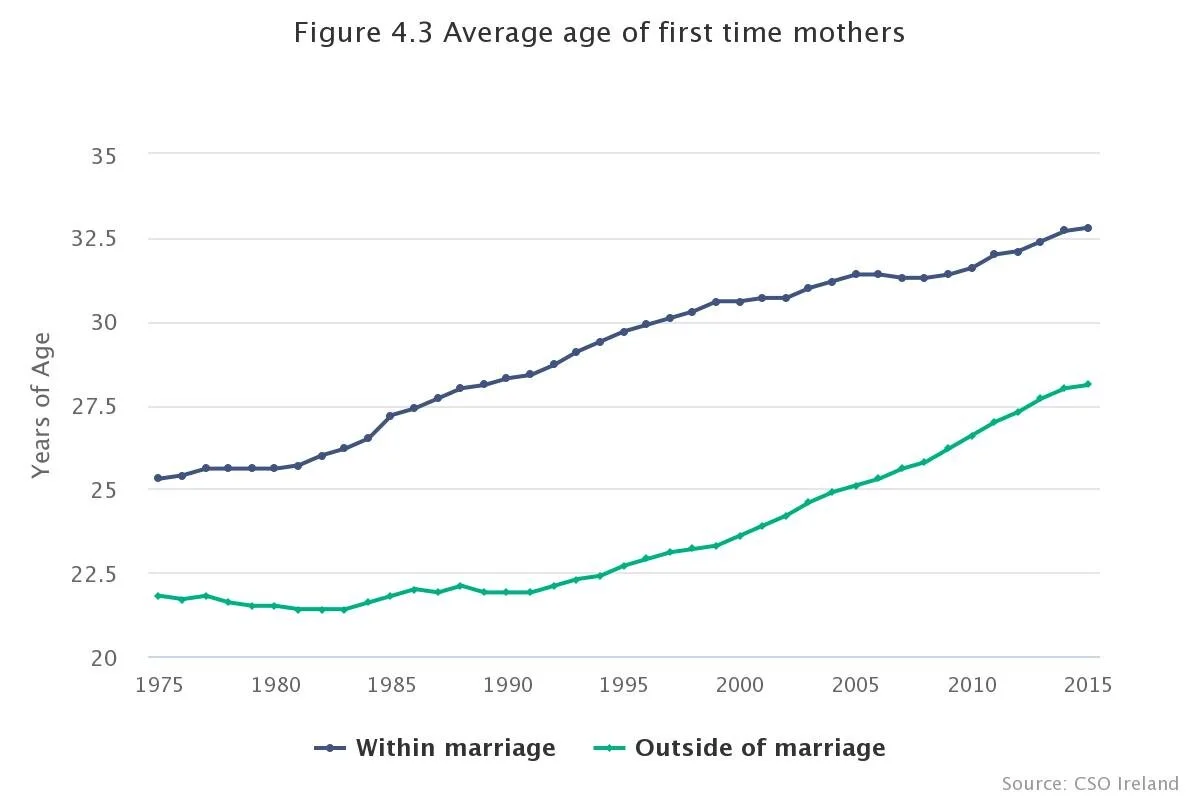How long does it take to get pregnant?
“Couple’s can often feel a sense of panic and anxiety when things don’t happen as quickly as they had hoped but it can be reassuring to know that it can, and does take a bit of time.”
How long does it take to get pregnant?
An important question. Whether you are actively trying to conceive or hoping to sometime in the future, it’s important to understand how your fertility works and the time it can take to get pregnant.
Research has shown that there is a lack of fertility knowledge in the general population that could help couples when they try to conceive, including lack of awareness about the most fertile time of the month, overestimating chances of pregnancy during ovulation, and uncertainty about factors that might increase risk of infertility.
So let’s talk more about this.
Let’s look at the odds of conceiving each month?
The odds of getting pregnant each cycle are between 20-30% for young fertile couples. A lot of (spectacular if you ask me) things needs to happen in synchrony for a pregnancy to occur. Sperm reaching egg at the right time, a welcoming and hospitable uterus for the embryo to implant and so the odds are between 20-30% per cycle for this to happen. Chances do increase over time and so:
the chance of success increases to 80% by one year and
90% after two years of trying.
Fertility declines with age and women over 35 and men over 50 have lower fertility rates, as do women with underlying medical conditions.
Often times, we spend so much of our lives trying not to conceive that when we ‘open shop’ we expect it to happen right away. Like a click of a switch. Unfortunately biology and our reproductive systems don’t have such a switch and so making sure to understand how fertility works and the time is takes to conceive can do a lot for managing our expectations. Couple’s can often feel a sense of panic and anxiety when things don’t happen as quick as they had hoped but it can be reassuring to know that it can, and does take a bit of time.
Yes it takes time but what if I am slightly older and don’t have a lot of time?
As a woman ages, fertility declines and so rather than waiting for the two years to achieve a pregnancy, it is advised to seek a professional opinion if you are over the age of 35 and have been trying for more than 6 months without success.
If below 35, the recommendations are to try naturally for one year and if unsuccessful to seek a professional opinion.
>35 seek professional opinion after 6 months
<35 seek professional opinion after 12 months
>40 seek immediate profession opinion
Women are having children later in life for many different reasons, whether thats pursuing a career or waiting for the right partner and as a result family planning/building can often take a back seat. Why is this important? It’s important because while women are using their 20’s and 30’ to do these things (for example pursuing demanding and successful careers), their reproductive systems are not evolving to support their wishes to reproduce later in life. The ageing ovary continues to age.
“In 1980 women were starting their families at age 25. Fast forward 35 years and we are now having babies at age 32 (that’s a jump of SEVEN years).”
The reality is that over the age of 35 egg quantity and quality declines, making pregnancy more difficult and even more so after age 40. Assisted Reproductive Technology (ART) and treatments such as IVF are becoming more common place in todays society however despite this advancing technology, IVF is not guarantee- a common misconception. IVF cannot works miracles. The chance for having a baby after one IVF attempt is 30% for women under 35 and approximately 10% for women aged between 40-44.
What can I do to improve my chances?
There is a lot you can do. Charting your cycles to understand when you are ovulating is very important. Our article on ‘TTC- Trying to Conceive’ gives some expert advice on predicting ovulation, nutrition and supplementation for when TTC. As per the CDC, having regular sex every 2-3 days is the best advice for trying to catch the ‘fertile window’, that time when before and right after ovulation.
What if I have underlying issues?
According to the CDC, current figures estimate that about 12% of women have difficulty getting pregnant or carrying a pregnancy to term, and 7.5% of men of reproductive age report having seen a doctor for infertility. Many couples struggle with infertility and seek help to become pregnant, but it is often thought of as only a woman’s condition. However, in about 35% of couples with infertility, a male factor is identified along with a female factor. In about 8% of couples with infertility, a male factor is the only identifiable cause.
Women need functioning ovaries, fallopian tubes, and a uterus to get pregnant. Conditions affecting any one of these organs can contribute to female infertility.
Disruption of ovarian function (presence or absence of ovulation (anovulation) and effects of ovarian “age”
Fallopian tube obstruction (whether fallopian tubes are open, blocked, or swollen)
Abnormal uterine contour (physical characteristics of the uterus)
The good news is that most reproductive-age couples who face infertility with underlying issues can access ART treatments and use interventions to try to achieve a pregnancy.
When do I seek help?
The important thing is to seek professional help if you have been trying for 12 months (if <35), over 6 months (if >35), immediately (if >40) or if you have any underlying conditions that may require you to seek help immediately.
Have a question for us? Feel free to reach out to us hello@thefertilitytalk.com. Alternatively, join us on Instagram @thefertilitytalk




